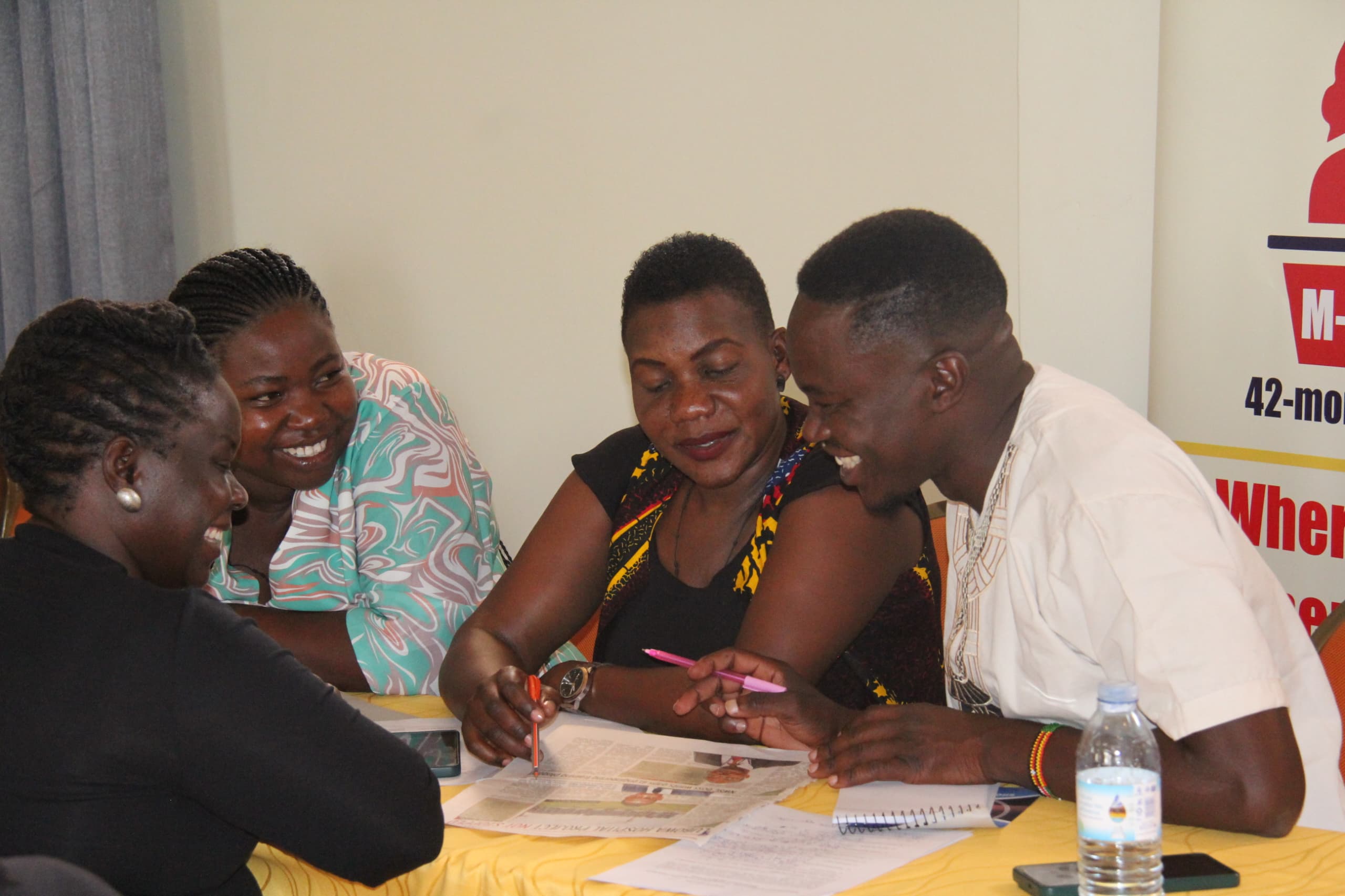
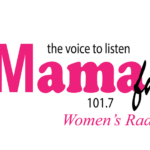 Mama FM
Mama FM

 Mama FM
Mama FM
5 April 2025, 1:43 pm
By Byamukama Alozious
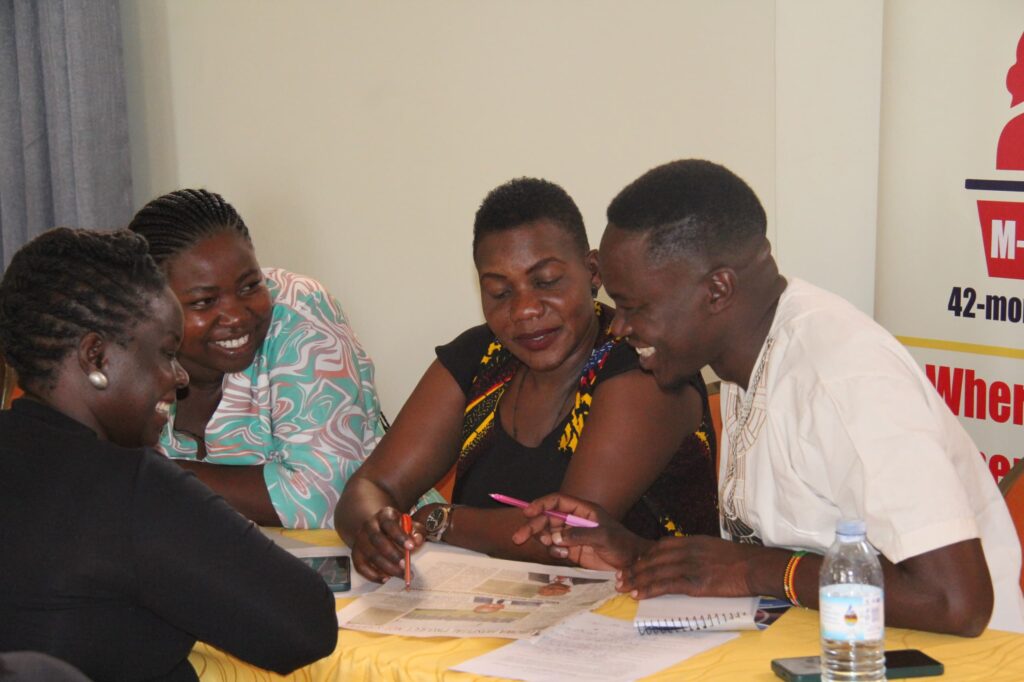
The Uganda Media Women’s Association (UMWA), in collaboration with the African Centre for Media Excellence (ACME), Uganda Radio Network, and the Editors’ Guild, organised a dialogue in Arua district, West Nile, under the M-SPACE project supported by the Royal Danish Embassy. The event focused on promoting women’s inclusion in the media and brought together women politicians, activists, female journalists, and media professionals to address the challenges women face in the media industry.
Annet Lekuru, Executive Director of Ferminature Uganda, delivered the keynote address during the Beijing +30 dialogue on gender and media inclusion. She highlighted the difficulties encountered by women journalists in Uganda, noting that despite increased representation and strides towards gender parity in newsrooms, women still face marginalisation, harmful stereotypes, and safety concerns.
Lekuru stressed the need for collective action to develop media policies that promote gender equality and address the specific challenges women journalists face. She also underscored the importance of advancing women’s leadership in the media, pointing out that women remain underrepresented in leadership roles and often encounter barriers to career progression.
Furthermore, Lekuru called on communication schools to incorporate courses on inclusive reporting, criticising the tokenistic practice of interviewing women solely for gender balance without exploring the deeper issues affecting them. She also raised alarm over the growing problem of online harassment targeting women and drew attention to the issue of inadequate pay. Sharing her personal experience, she revealed that she once earned just 280,000 shillings per month, a figure she described as deplorable.
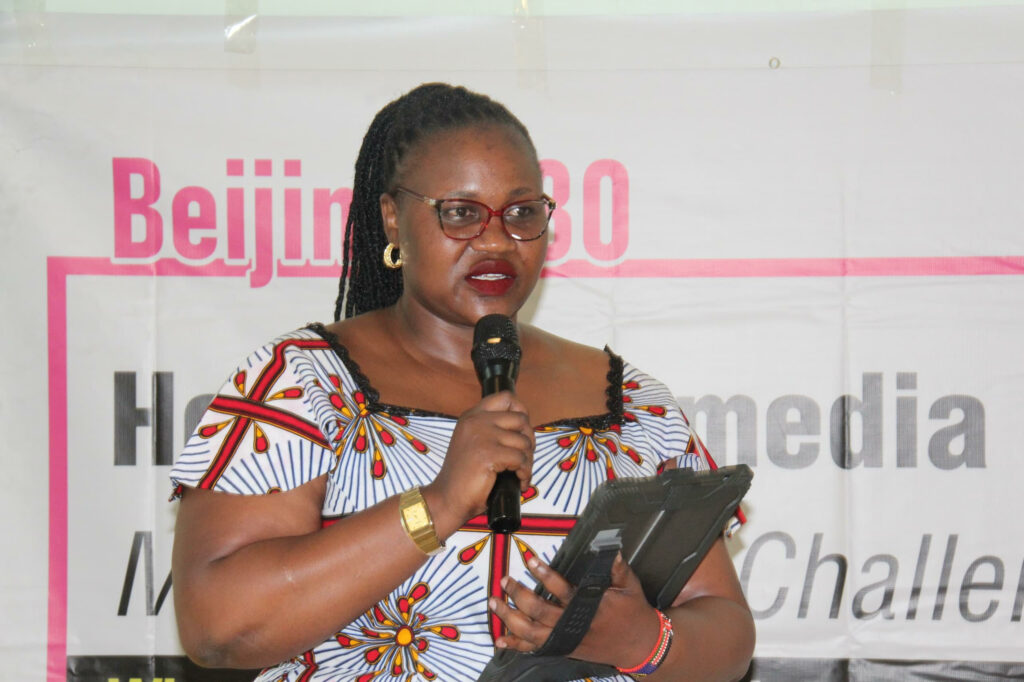
Peace Eyotaru, a practising journalist at UBC, shared her personal experiences, shedding light on the lack of job security and poor remuneration faced by female journalists. She revealed that some female journalists in Lira are paid as little as 4,000 shillings per story, while those hosting on-air programmes receive only 5,000 shillings per programme.
Eyotaru also spoke about her experience with harassment, pointing out that many media houses fail to provide a safe working environment. She emphasised that harassment takes many forms, including unwanted advances and intimidation, and that female journalists often face retaliation when they attempt to report such incidents.
She called for the creation of a safe and supportive environment for female journalists, noting that job insecurity significantly limits their opportunities to grow and serve in the profession.
“Many female journalists are afraid to marry or have children because during maternity leave—if it is granted at all—they risk losing their jobs,” she pointed out.
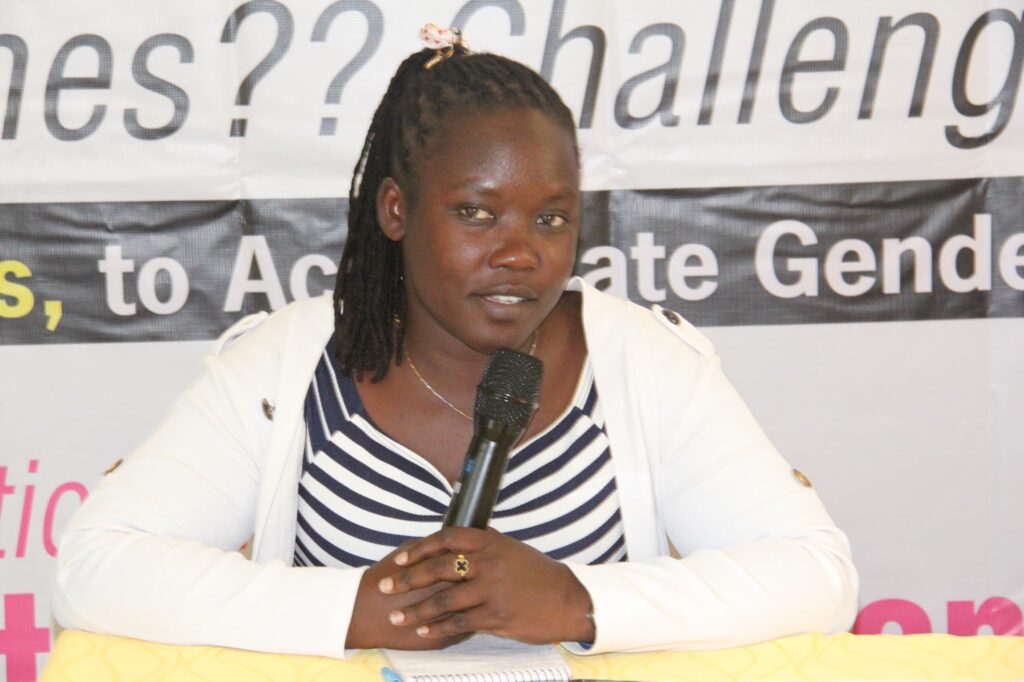
Ms Ayikoru Jean Longo, a women’s rights activist representing persons with disabilities (PWDs) and living with visual impairment, emphasised the urgent need for digital inclusion in the media. She highlighted the lack of sign language interpreters and other assistive technologies, which continues to marginalise PWDs.
Longo advocated for a more inclusive and empowering media landscape—one that ensures individuals with disabilities have equal access to information. She also called on the media to create pathways that connect PWDs to platforms where they can freely express their views and have their concerns addressed.
In addition, Longo urged media houses to actively broadcast and publish positive stories about persons with disabilities, to help challenge negative stereotypes and promote a more accurate and respectful representation.

Dr Atizuyo Jackline, a women’s rights activist and medical officer at Arua Regional Referral Hospital, addressed the issue of the objectification of women in the media. She criticised the tendency to focus on women’s physical appearance rather than their competencies and contributions, arguing that such portrayals reinforce harmful stereotypes and undermine women’s authority.
Dr Jackline called for a shift in media representation to focus on substantive issues, stressing that women possess the same capabilities as men and should not be judged based on appearance. She also raised concerns about sexual harassment, noting that women in the media industry are often subjected to inappropriate advances and, in some cases, are exploited to gain access to information from male sources.
She emphasised that women professionals should be respected for their skills and expertise, rather than being reduced to their gender or appearance. “We often see the media focusing on beauty and ‘Nyash’—implying that those without these features are unlikely to appear in the media,” she remarked.
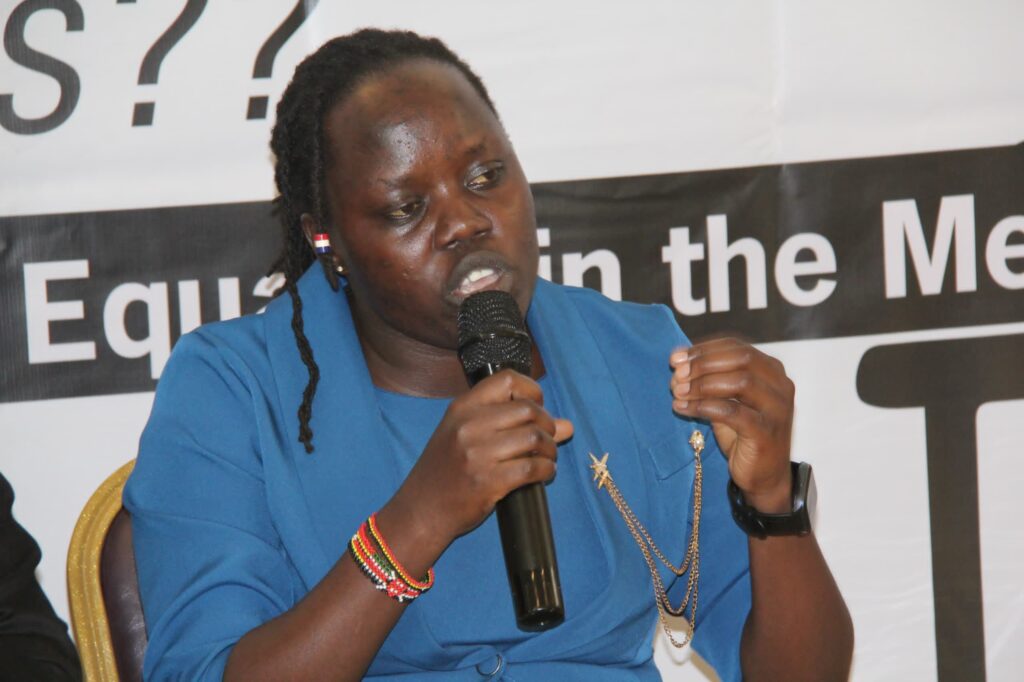
Dr Andama Alfred, a Programmes Officer for Gender and Social Development in the Office of the President, emphasised the importance of promoting gender equality in media representation. He criticised the media’s frequent focus on women’s physical appearance rather than their policies and achievements, noting that this reinforces harmful stereotypes and undermines women’s authority.
Dr Alfred warned that the objectification of women in the media can have serious consequences, including body shame, appearance-related anxiety, depression, sexual dysfunction, and eating disorders. He called on media practitioners to prioritise substantive coverage, especially when reporting on women in politics—focusing on their policies, accomplishments, and contributions to society.
He stressed that by adopting more balanced and inclusive reporting practices, the media can play a crucial role in advancing gender equality and challenging deeply ingrained stereotypes.
Margret Ssentamu, Executive Director of UMWA, explained that the dialogue was held in commemoration of Women’s Month and as a reflection on the Beijing Declaration on Equality, which marks its 30th anniversary this year. She emphasised the urgent need for media content that reflects societal needs and promotes inclusivity.
Ssentamu pointed out that the 1995 Beijing Conference had already identified the representation of women in the media as a critical area of concern—an issue that remains relevant today. She called for the development of clear guidelines for gender-sensitive reporting and urged collective efforts to produce content that fosters equality and responds to the real needs of society.
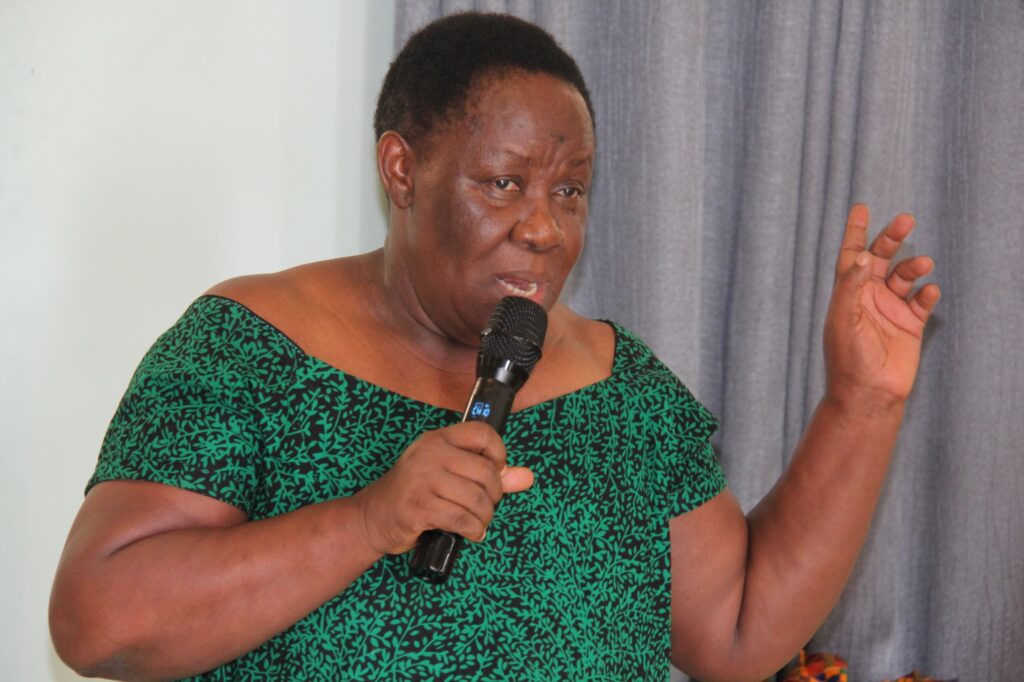
The dialogue concluded with a shared consensus on the need for media policies that protect women journalists from harassment and exploitation, ensure fair pay and job security for female media professionals, and create opportunities for leadership and recognition of women’s contributions.
Participants also called for the integration of inclusive reporting into journalism school curricula, digital inclusion for persons with disabilities (PWDs), and the positive portrayal of both women and PWDs in the media.
The dialogue underscored that inclusion is the way forward. Participants stressed that the media must become a space where women and persons with disabilities are visible, safe, empowered to lead, and able to tell their own stories.